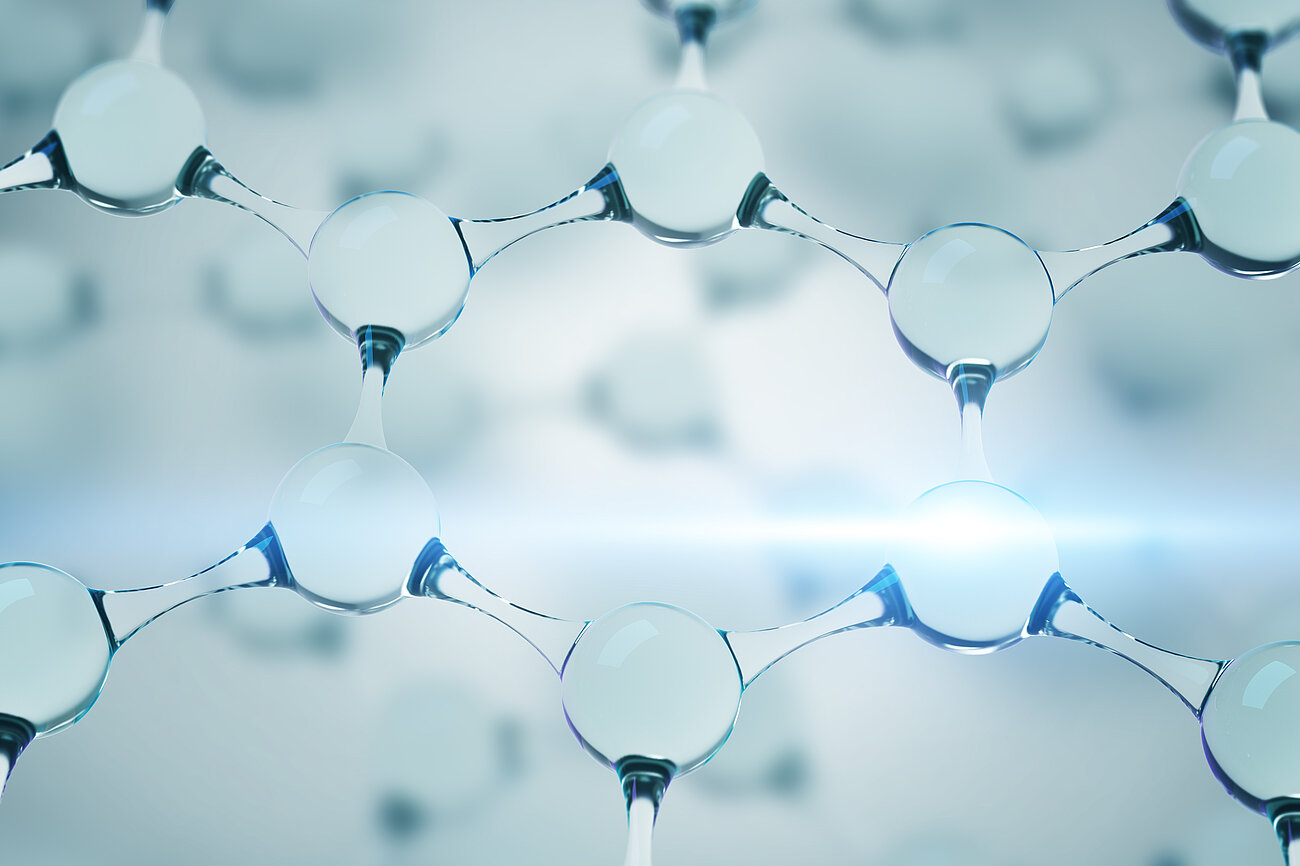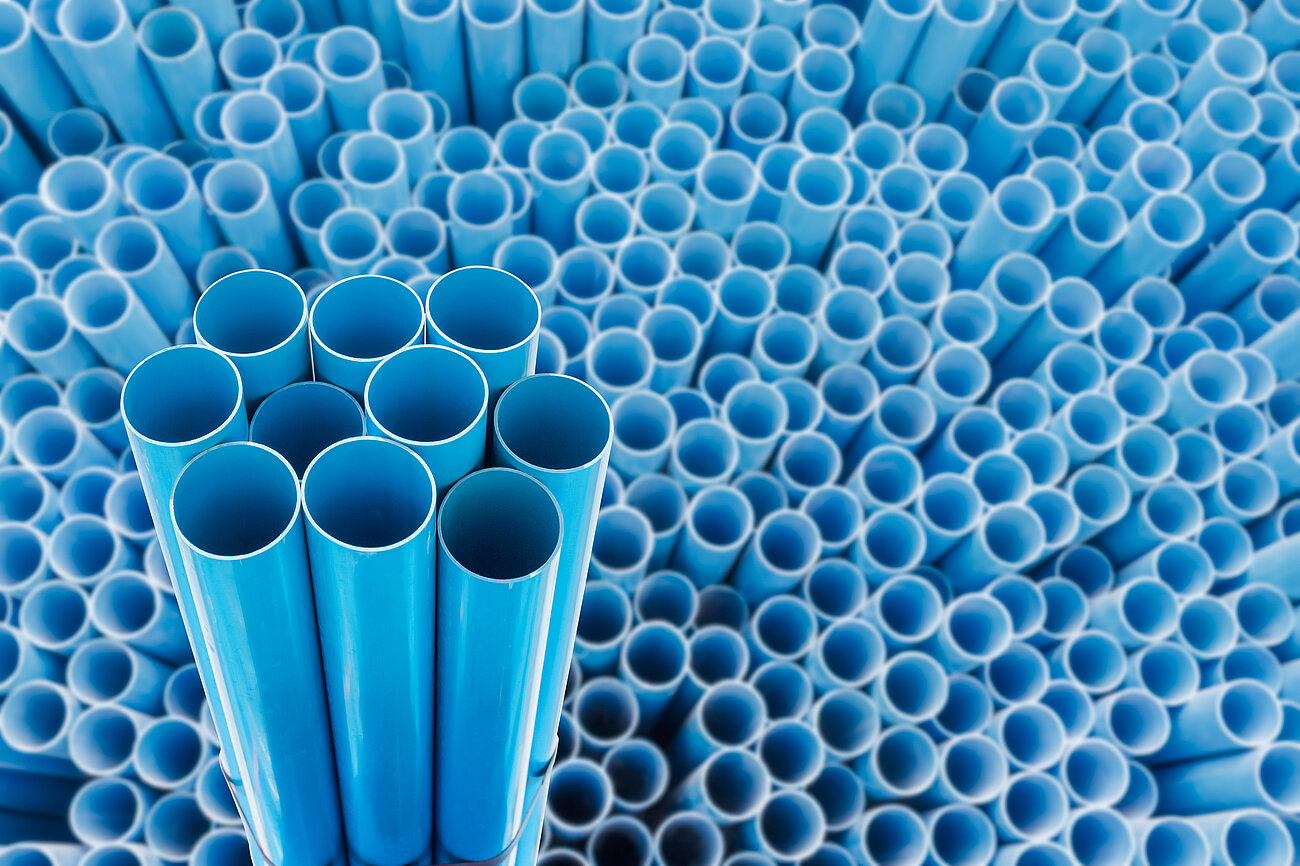This process essentially creates a three-dimensional network structure within the polymer matrix, which has significant consequences for the material’s mechanical, thermal, and chemical properties.

The mechanisms through which metal salts induce crosslinking in polymers is crucial for controlling and optimizing the properties of the resulting materials.
In a broader sense, the inclusion of crosslinking agents can be seen as a tool for engineering polymers to suit specialized applications. Properties imparted by crosslinking are:

Do you have a specific need you would like to discuss?
Our key competence is around metal salts and their optimization – with the core expertise for joint product development taking your individual requirements into account.

Sample Request
Product Finder
Contact